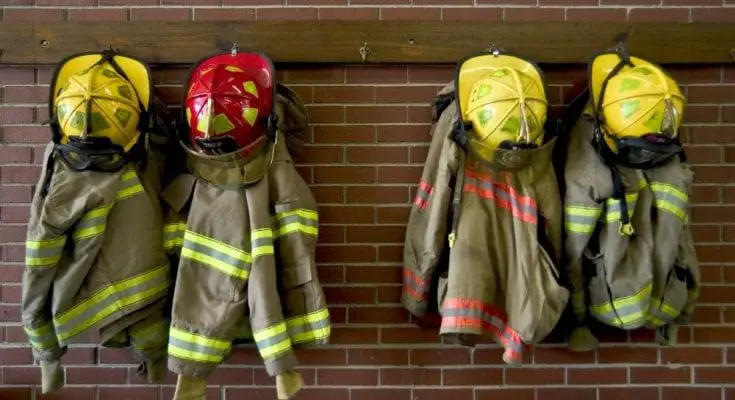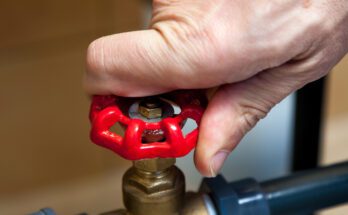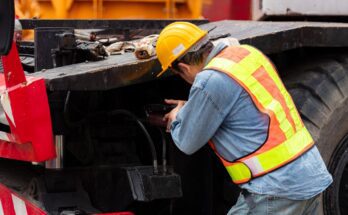One of the most important components of a firefighter’s uniform is their helmet. A reliable helmet is an absolute must for every single active-duty firefighter. Without durable protection for their head, firefighters become susceptible to concussions, burns, and other gnarly head injuries while on the job. Should you have an interest in the field or are on the lookout for a new fire helmet, be sure to know which items to look for in a firefighter helmet.
Safety Obligations
First and foremost, your fire helmet should uphold against National Fire Protection Association (NFPA) 1971 regulations. These regulations are in place to ensure fire helmet manufacturers provide the helmets of the utmost quality and safety. A few protective necessities as outlined by NFPA 1971 include:
- An energy absorption system
- A retention system for a sturdy fit
- Ear covers
- Durable shell components
- Reflective trim for visibility purposes
Type of Fire Helmet
Are your pursuing wildland, rescue, or structural firefighter? Your specific branch of firefighting will influence which items to look for in a firefighter helmet.
Over time, fire helmet manufacturers have catered to the fact that each different type of firefighting varies in responsibilities. For example, HazMat firefighters need fire helmets that are highly resilient against hazardous chemicals, while structural firefighters prioritize helmets that is sturdy and guaranteed to safeguard their head from falling building components.
Facial Protection
Fire helmets with maximum protection offer a face shield, goggles, or both. You should always veer toward a helmet with one or the other, or both, designed into the helmet already, so you don’t have to seek other components once you purchase your fire helmet. Face shields and goggles are essential to every firefighter’s uniform, as they deter hot embers, ashes, and all kinds of other debris that may be floating around a fire site, from your eyes.
Comfortability
Lastly, you want to make sure you’re comfortable in your helmet. After all, you may be wearing it for hours on end. Your helmet should be snug enough so that it doesn’t jostle around during rescue, but not so tight that it results in a headache or faintness.



